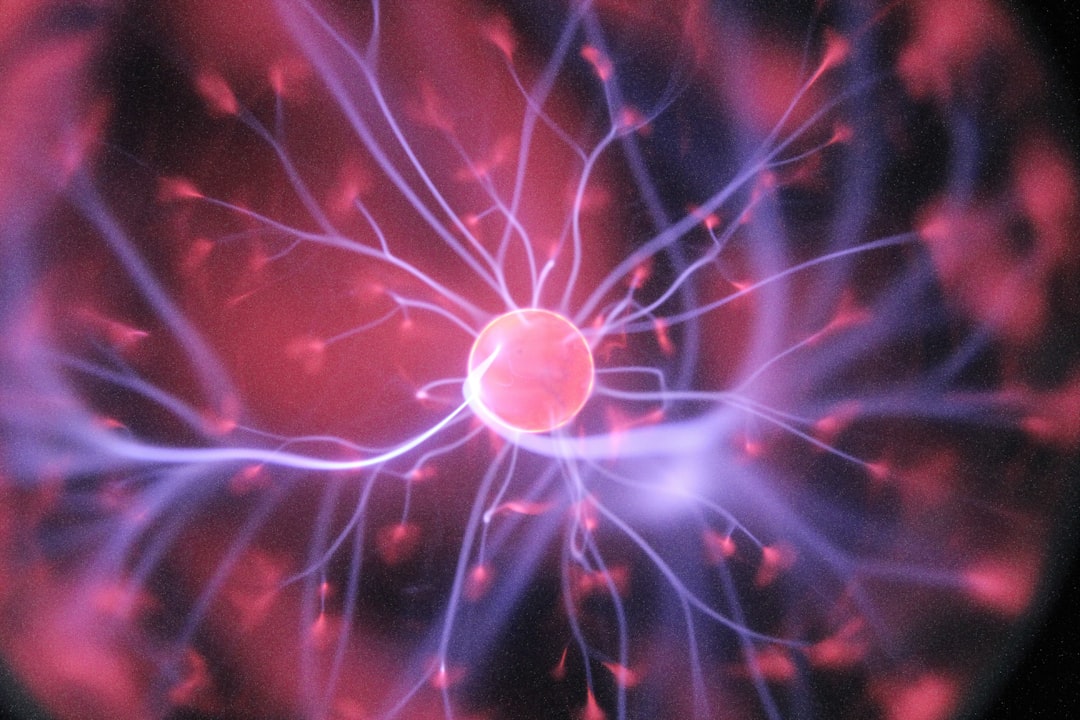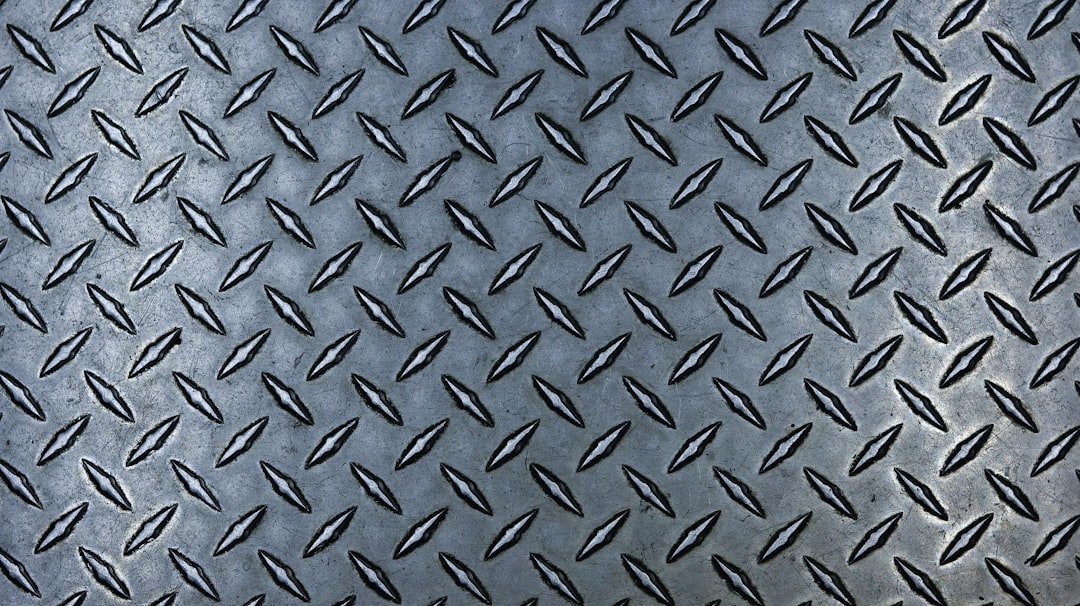What is it about?
The effect of CdS on structural, optical, and morphological properties of the CuInS2 synthesized using a microwave method for photocatalytic degradation of brilliant green and conversion of 4-nitrophenol.
Featured Image

Photo by Joanna Kosinska on Unsplash
Why is it important?
Copper indium sulfide (CuInS2) and CuInS2 modified with different percentages of CdS (10% CdS@CuInS2, 20% CdS@CuInS2, and 30% CdS@CuInS2) were successfully synthesized, as confirmed by structural, optical, and morphological characterization. The photocatalytic performance of the CuInS2 and CdS@CuInS2 composites was evaluated by degrading brilliant green (BG) dye and converting 4-nitrophenol under visible light irradiation. Amongst the synthesized photocatalysts, 30% CdS@CuInS2 exhibited the highest photocatalytic activity, degrading 96.8% of BG within 5 h. The active species involved in the degradation processes were investigated by performing degradation experiments in the presence of suitable trapping agents for superoxide radical ions (O2•−), hydroxyl radicals (•OH), and valence band holes (h+). It was found that O2•− is the main active species in the photocatalytic degradation of BG by CdS@CuInS2. Moreover, the photocatalytic conversion of 4-nitrophenol was also enhanced up to 95.5% under visible light irradiation, and h+ is the main active species involved in the conversion. This work opens new avenues for the development of highly efficient photocatalysts for practical wastewater remediation.
Perspectives
Copper indium sulfide (CuInS2) and CuInS2 modified with different percentages of CdS (10% CdS@CuInS2, 20% CdS@CuInS2, and 30% CdS@CuInS2) were successfully synthesized, as confirmed by structural, optical, and morphological characterization. The photocatalytic performance of the CuInS2 and CdS@CuInS2 composites was evaluated by degrading brilliant green (BG) dye and converting 4-nitrophenol under visible light irradiation. Amongst the synthesized photocatalysts, 30% CdS@CuInS2 exhibited the highest photocatalytic activity, degrading 96.8% of BG within 5 h. The active species involved in the degradation processes were investigated by performing degradation experiments in the presence of suitable trapping agents for superoxide radical ions (O2•−), hydroxyl radicals (•OH), and valence band holes (h+). It was found that O2•− is the main active species in the photocatalytic degradation of BG by CdS@CuInS2. Moreover, the photocatalytic conversion of 4-nitrophenol was also enhanced up to 95.5% under visible light irradiation, and h+ is the main active species involved in the conversion. This work opens new avenues for the development of highly efficient photocatalysts for practical wastewater remediation.
Professor Mohammad Mansoob Khan
Universiti Brunei Darussalam
Read the Original
This page is a summary of: CdS@CuInS2 nanocomposites for enhanced photocatalytic activity under visible light irradiation, Materials Science in Semiconductor Processing, July 2024, Elsevier,
DOI: 10.1016/j.mssp.2024.108365.
You can read the full text:
Resources
CdS@CuInS2 nanocomposites for enhanced photocatalytic activity under visible light irradiation
Copper indium sulfide (CuInS2) and CuInS2 modified with different percentages of CdS (10% CdS@CuInS2, 20% CdS@CuInS2, and 30% CdS@CuInS2) were successfully synthesized, as confirmed by structural, optical, and morphological characterization. The photocatalytic performance of the CuInS2 and CdS@CuInS2 composites was evaluated by degrading brilliant green (BG) dye and converting 4-nitrophenol under visible light irradiation. Amongst the synthesized photocatalysts, 30% CdS@CuInS2 exhibited the highest photocatalytic activity, degrading 96.8% of BG within 5 h. The active species involved in the degradation processes were investigated by performing degradation experiments in the presence of suitable trapping agents for superoxide radical ions (O2•−), hydroxyl radicals (•OH), and valence band holes (h+). It was found that O2•− is the main active species in the photocatalytic degradation of BG by CdS@CuInS2. Moreover, the photocatalytic conversion of 4-nitrophenol was also enhanced up to 95.5% under visible light irradiation, and h+ is the main active species involved in the conversion. This work opens new avenues for the development of highly efficient photocatalysts for practical wastewater remediation.
CdS@CuInS2 nanocomposites for enhanced photocatalytic activity under visible light irradiation
Copper indium sulfide (CuInS2) and CuInS2 modified with different percentages of CdS (10% CdS@CuInS2, 20% CdS@CuInS2, and 30% CdS@CuInS2) were successfully synthesized, as confirmed by structural, optical, and morphological characterization. The photocatalytic performance of the CuInS2 and CdS@CuInS2 composites was evaluated by degrading brilliant green (BG) dye and converting 4-nitrophenol under visible light irradiation. Amongst the synthesized photocatalysts, 30% CdS@CuInS2 exhibited the highest photocatalytic activity, degrading 96.8% of BG within 5 h. The active species involved in the degradation processes were investigated by performing degradation experiments in the presence of suitable trapping agents for superoxide radical ions (O2•−), hydroxyl radicals (•OH), and valence band holes (h+). It was found that O2•− is the main active species in the photocatalytic degradation of BG by CdS@CuInS2. Moreover, the photocatalytic conversion of 4-nitrophenol was also enhanced up to 95.5% under visible light irradiation, and h+ is the main active species involved in the conversion. This work opens new avenues for the development of highly efficient photocatalysts for practical wastewater remediation.
Contributors
The following have contributed to this page










